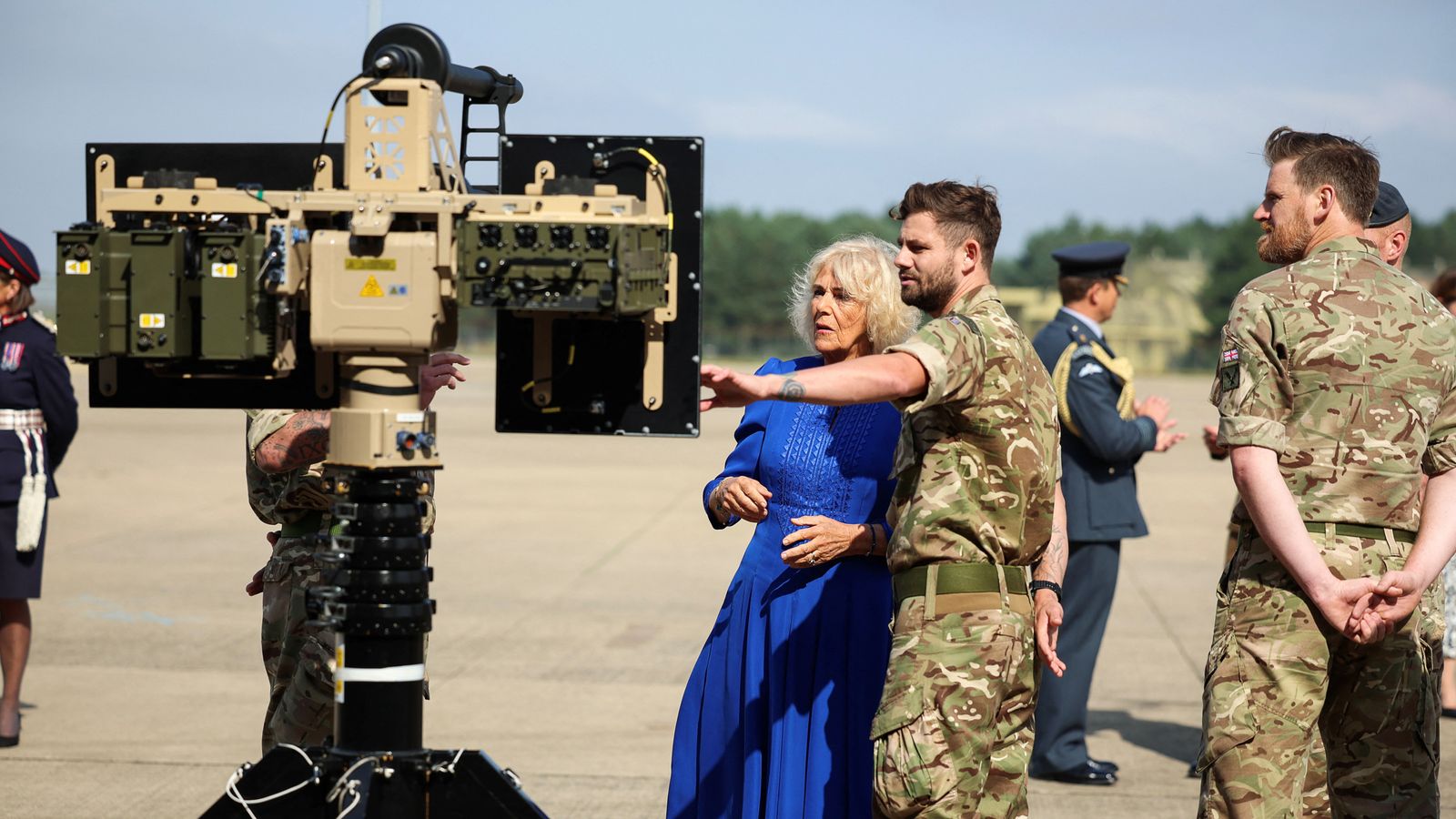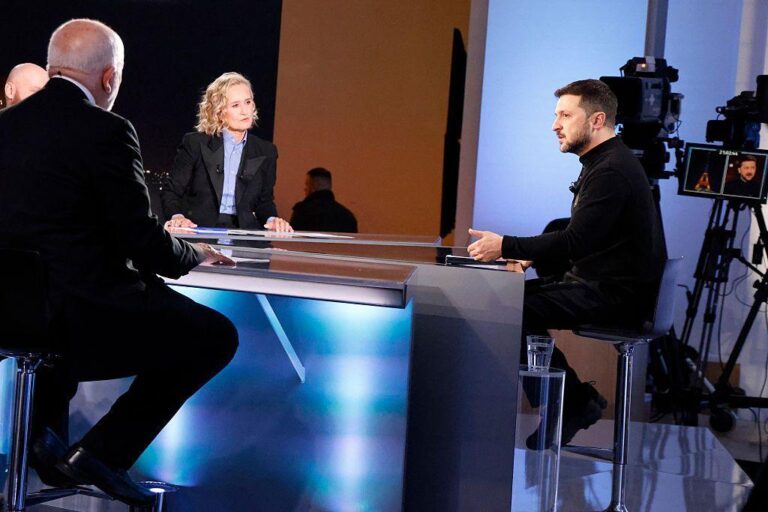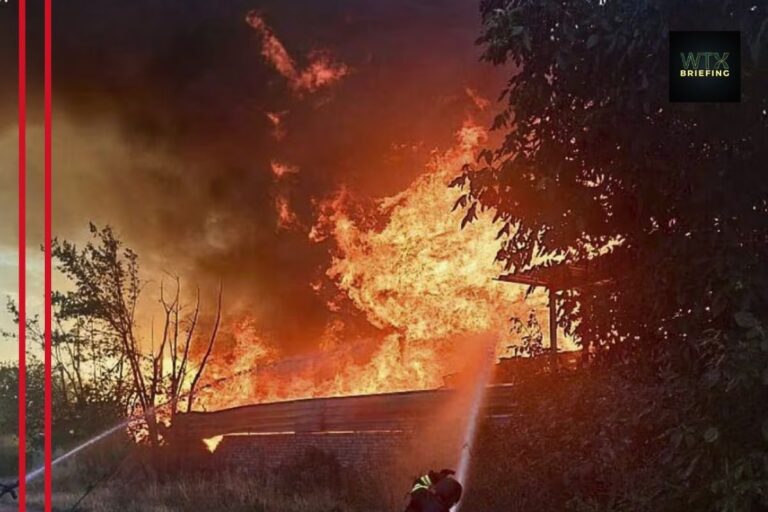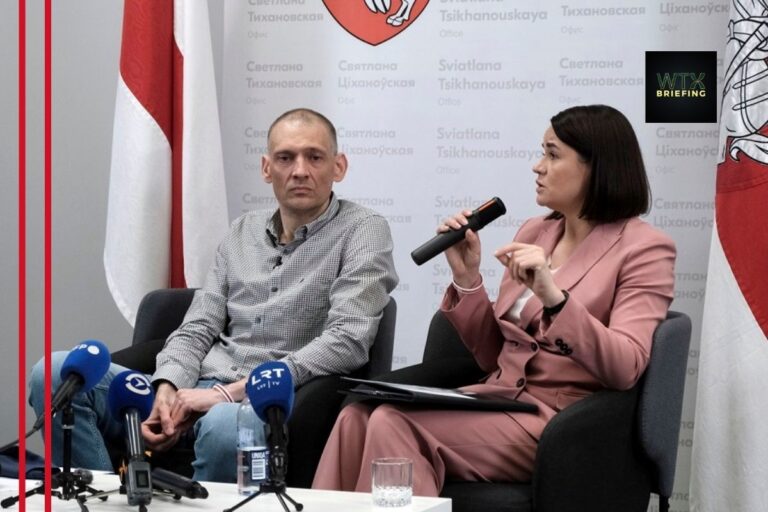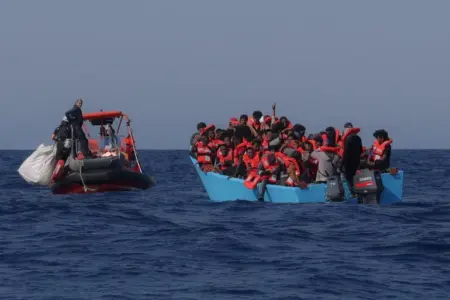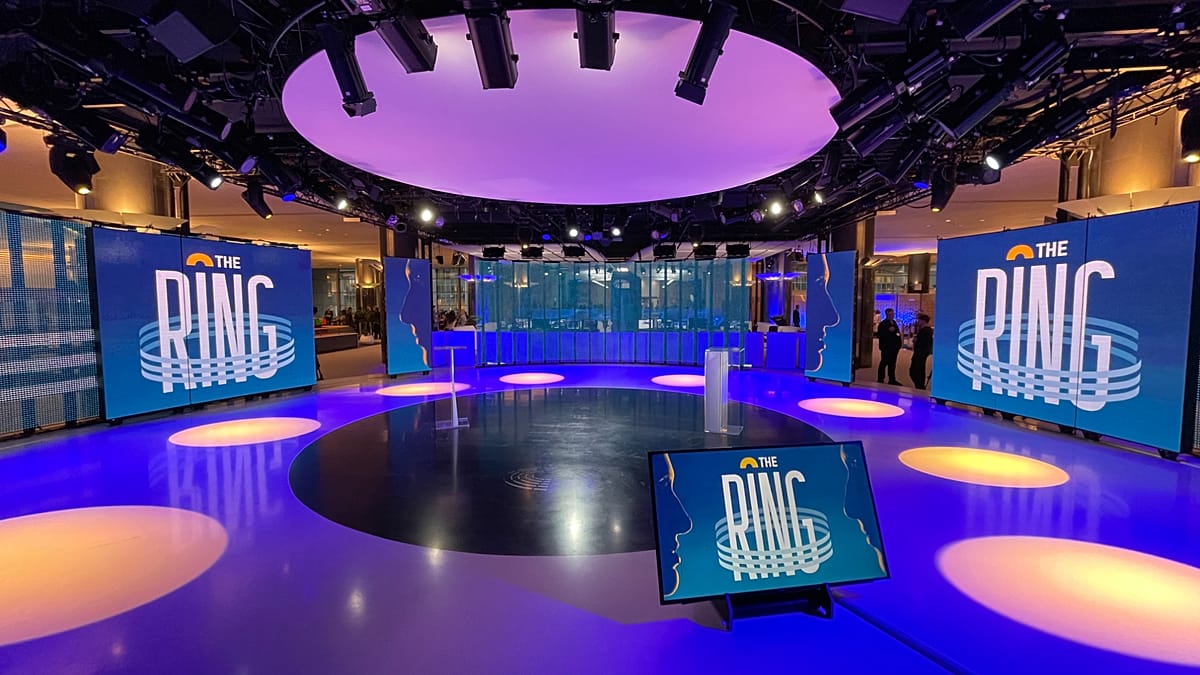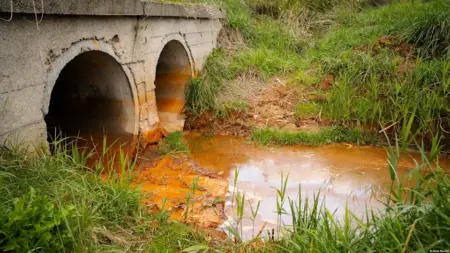February 24, 2022
4:34 pm
LIVE – Russian invasion of Ukraine
Catch up on the headlines from Russia and Ukraine with our Live reporting from Ukraine.
You can follow all the news as it comes in – Live reporting invasion from Ukraine.
Save the page.
Russia’s invasion of Ukraine has attracted an incredible amount of propaganda and fake news stories.
The people who are suffering are the Ukrainians who have been displaced, killed and captured. No-one disagrees with that.
But so many people are suggesting that their is an endgame that is involves Russian sanctions and isolation.
The cost of the war in Ukraine
Whilst Ukraine will be left in ruins and in need of a rebuild. The unfortunate cost of the war will leave the country with debt for the arms that have been supplied by the United States and being used as a proxy for the US.
Russia has a perspective which is monitored and blocked by major search engines.
Ukraine and specifically the President Zelensky is on a PR war. Rallying as many world leaders to join to condemn the Russian invasion.
Will Ukraine join NATO?
The questions everyone is still asking is Will Ukraine be able to join NATO and the EU.
And if that happens will Russia take this war to the next level.
On the Ground reporting from WTX News
Follow WTX News for the latest news from the ground in Ukraine.
We have staff and reporters on the ground in Ukraine who are reporting to us around the clock.
YouTube
You can also follow our YouTube Channel, where we bring you a constant stream of videos from the European Union.
On WTX News EU – A new channel after our last one was banned, for sharing the Truth about the War.
Ex-MI5 chief says UK already at war with Russia
Cliff Notes
- The former head of MI5 suggests the UK could already be at war with Russia, citing extensive cyber and physical attacks.
- Baroness Manningham-Buller reflects on past misjudgements about Russia, emphasising its ongoing hostility towards the West.
- She warns that cuts to foreign aid may create opportunities for China to expand its influence globally.
Ex-MI5 chief says those who think UK already at war with Russia ‘may be right’ | UK News
The former head of MI5 has said those who think the UK is already at war with Russia “may be right”.
In June, UK defence advisor Dr Fiona Hill said that because of “the poisonings, assassinations, sabotage operations, all kinds of cyber attacks and influence operations,” it was fair to conclude “Russia is at war with us”.
Appearing on the House of Lords’ official podcast, Baroness Manningham-Buller said: “Dr Hill probably knows more about Putin than anybody else.”
Follow the latest on the war in Ukraine
She added: “Since the invasion of Ukraine, and the various things I read that the Russians have been doing here, sabotage, intelligence collection, attacking people, and so on… Fiona Hill may be right in saying we’re already at war with Russia.
“It’s a different sort of war, but the hostility, the cyber attacks, the physical attacks, intelligence work, is extensive.”
‘We were wrong’ about Russia in 2005
Baroness Manningham-Buller served in MI5 for 34 years, becoming director general in 2002 before retiring in 2007.
Speaking to the Lord Speaker’s Corner podcast, she recalled meeting Russian President Vladimir Putin after the G8 meeting in Gleneagles, Scotland.
“We all hoped that the past history of Russia wouldn’t prevail, and, at the end of the Soviet Union, we would have a potential partner,” she said, “and that was one of the reasons why Putin was with us for the G8 in 2005.”
The former head of MI5 added: “I met him when he came back to London. But actually, we were wrong in that, because Russia is extremely hostile to the West, and we’ve seen it in all sorts of ways.
“I didn’t anticipate that within a year, he’d be ordering the murder on London streets of [Russian dissident Alexander] Litvinenko.”
Mr Litvinenko, a former FSB agent, died in 2006, almost three weeks after drinking tea poisoned with radioactive polonium-210, a rare and very potent radioactive isotope.
Before fleeing Russia and being given British nationality, Mr Litvinenko had accused Mr Putin of corruption. It is understood that he ingested the tea during a meeting with two Russian spies at a London hotel.
Zelensky becomes Judge, Jury and despot
Cliff Notes – New law curtails anti-corruption bodies’ powers.
- Ukrainian President Volodymyr Zelenskyy signed a law limiting the powers of the National Anti-Corruption Bureau (NABU) and the Specialized Anti-Corruption Prosecutor’s Office (SAPO), provoking widespread protests across several cities.
- The law allows the Prosecutor General to access NABU cases and issue instructions, undermining the independence of these anti-corruption bodies and raising concerns about political influence.
- Criticism has emerged from various political factions, including EU officials, highlighting fears that such moves could jeopardise Ukraine’s commitments to fighting corruption and its pathway to EU integration.
Zelensky becomes Judge, Jury and despot
On July 22, Ukrainian President Volodymyr Zelenskyy signed a law restricting the powers of the National Anti-Corruption Bureau of Ukraine (NABU) and the Specialized Anti-Corruption Prosecutor’s Office (SAPO) mere hours after it had been passed by Ukrainian parliament.
The move sparked protests in several cities across Ukraine. Thousands of people took to the streets of Kyiv, with demonstrators criticizing what they saw as a “return” to the era of pro-Russian President Viktor Yanukovych, who was forced to flee to Russia during the Euromaidan Revolution in 2014.
The new law stipulates that the prosecutor general, who is appointed by the president with approval of parliament, will have access to all NABU cases and can also grant other prosecutors access. The prosecutor general can issue instructions to NABU investigators, change the focus of trials, discontinue proceedings at the request of the defense and much more. The new law also significantly restricts SAPO’s procedural autonomy.
“The independence of both institutions — whether from political influence and pressure on future and ongoing investigations — has been effectively destroyed,” SAPO prosecutor Oleksandr Klymenko told DW. “NABU and SAPO were created as bodies equipped with exclusive investigative powers to fight corruption at the highest levels, with full guarantees of their independence,” added NABU Director Semen Kryvonos. “This is a prerequisite for our [Ukrainian] progress toward Europe.”
Selective anti-corruption fighters?
NABU and SAPO offices were searched just one day before Ukraine’s controversial law was passed. Prosecutors of both agencies are suspected of maintaining ties to Russia. Some Ukrainian lawmakers have therefore welcomed the new law, including former prime minister and Fatherland party leader Yulia Tymoshenko, who accuses both bodies of being selective in whom they investigate over corruption.
“You can’t call this an anti-corruption structure, but rather a shadow government that controls all processes,” she said.
President Zelenskyy has said Ukrainian anti-corruption authorities would continue working though “free from Russian influence.” He also said that “suspected corruption cases must be investigated; for years, some officials who fled Ukraine have been living abroad without facing legal consequences.”
Zelenskyy said there was no rational explanation why some of the billion-dollar corruption cases have been stalled for years and complained that Russia had previously gained access to sensitive information.
Law draws broad criticism
The new law drew criticism across party lines, with even members of Zelenskyy’s own ruling Servant of the People party expressing disapproval. Ahead of the vote, Anastasia Radina, who chairs the parliamentary anti-corruption committee, warned the law would have “catastrophic” consequences for the Ukrainian state.
“The country is reverting back to a state that the Russians were once pleased with, when there was a lack of rights and democracy,” warned opposition MP Ivanna Klympush-Tsintsadze, who chairs Ukraine’s EU Integration Committee. “Sooner or later, such countries fall into the Kremlin’s sphere of influence.”
Klympush-Tsintsadze also said the law threatens European and other international financial aid, which is linked to Ukraine’s commitments to fight corruption.
Brussels calls new law a ‘serious step back’
EU Enlargement Commissioner Marta Kos called the new law a “serious step back” on X. She said “independent bodies like NABU & SAPO, are crucial for Ukraine’s EU path. Rule of law remains at the very center of EU accession negotiations.”
On Facebook, investment banker and financial expert Serhiy Fursa pointed out that many people accuse NABU and SAPO of inefficiency, through stressed that these bodies are “far more effective than assumed.” He said there had to be “great fear, which means that NABU is doing a very good job” if decision-makers are prepared to risk European integration and the Western support just to limit the body‘s powers.
On July 23, in light of the backlash, Zelenskyy convened a meeting with all the heads of Ukrainian law enforcement and anti-corruption agencies, as well as Prosecutor General Ruslan Kravchenko. “We are all hearing what the public is saying,” Zelensky told them. “We see what people are expecting from state institutions to ensure all institutions operate according to the principle of justice and efficiency.”
Zelenskyy announced that a joint action plan to resolve the dispute would be developed within the next two weeks.
Suspect captured after fatal stabbing of Ukrainian refugee in Charlotte
Cliff Notes Surveillance footage shows Decarlos Dejuan Brown Jr. pacing on the platform and boarding the light rail train shortly before the fatal stabbing of
Kelly Brook reveals reason for ending co-dependent relationship with ex-fiancé Jason Statham
Cliff Notes – Kelly Brook reveals reason for ending co-dependent relationship with ex-fiancé Jason Statham Kelly Brook described her decision to break up with Jason


